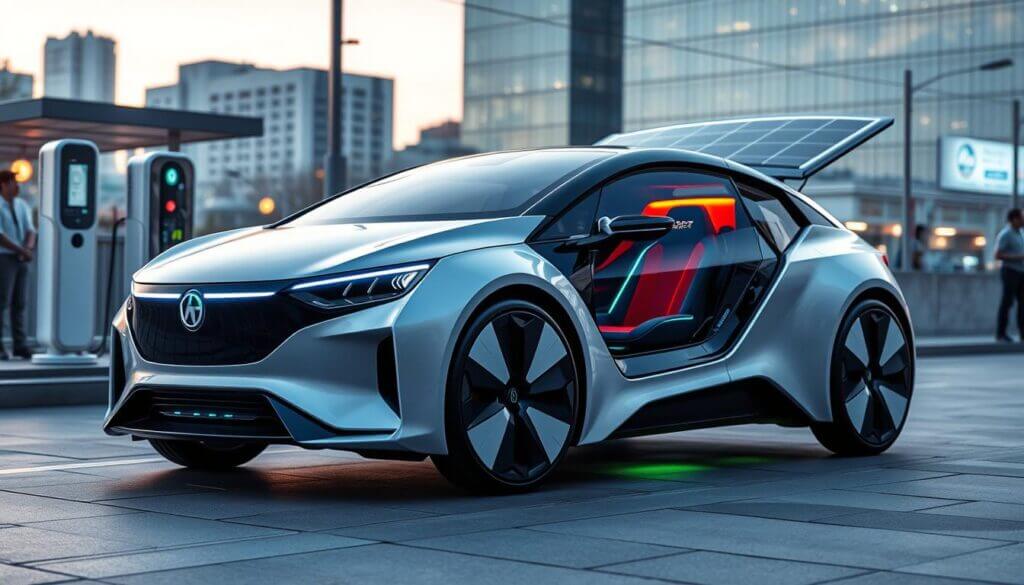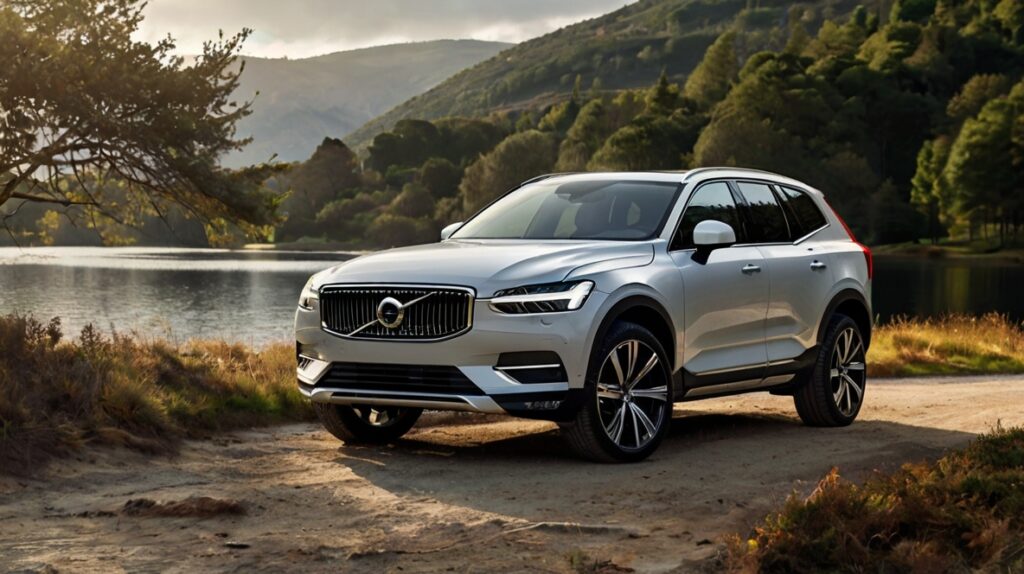new electric car technology
Discover the Latest in New Electric Car Technology Did you know that global electric vehicle (EV) sales jumped by 65% in 2022? They hit a record 10.5 million units sold. This huge increase shows how fast the car world is changing. Car makers are working hard to keep up with people wanting green, high-tech cars. New electric car technology is making driving better for our planet and us. We’re seeing advancements in battery performance, smarter cars that drive themselves, and enhanced connectivity features. These changes are reshaping our perception of cars and transforming how we travel. Key Takeaways Cutting-Edge Lithium-Ion Battery Advancements Did you know that global electric vehicle (EV) sales jumped by 65% in 2022? They hit a record 10.5 million units sold. This huge increase shows how fast the car world is changing. Car makers are working hard to keep up with people wanting green, high-tech cars. New electric car technology is making driving better for our planet and us. We’re seeing advancements in battery performance, smarter cars that drive themselves, and enhanced connectivity features. The electric vehicle world is changing fast. At the center of this change are new lithium-ion battery technologies. These batteries are making electric cars go further and charge faster than before, reshaping our perception of cars and transforming how we travel. Longer Range and Faster Charging Times New battery chemistry and designs have improved a lot. Now, lithium-ion batteries pack more energy and charge quicker. Electric cars can go over 300 miles on one charge. And, they can get 80% charged in less than 30 minutes. Improved Safety and Thermal Management Safety is key in battery technology. Makers have worked hard to make batteries safer. New battery thermal management systems help avoid overheating and fires. Also, better cell chemistry and design make electric cars safer for everyone. Feature Improvement Battery Range Up to 300 miles on a single charge Charging Time 80% charge in under 30 minutes Thermal Management Enhanced safety and reliability As electric cars become more common, these lithium-ion battery updates are leading to a greener, more efficient future. “The future of transportation is electric, and these battery advancements are the key to unlocking its full potential.” Regenerative Braking: Maximizing Energy Efficiency The world is moving towards electric vehicles, and energy efficiency is key. Regenerative braking is a game-changer in this area. It turns deceleration into electricity, storing it in the car’s battery. Regenerative braking works by turning the electric motor into a generator when you brake. This captures energy that would otherwise be lost as heat. It then turns this energy into electricity for the battery. This technology has big benefits. Regenerative braking increases the range of electric vehicles and boosts their energy efficiency. It saves energy, making the car go further on a single charge. This makes driving more sustainable and eco-friendly. Feature Benefit Energy Recapture Increased driving range and reduced energy consumption Battery Conservation Longer battery lifespan and reduced maintenance costs Improved Efficiency Enhanced overall energy efficiency of the electric vehicle As electric vehicles become more common, regenerative braking will play a bigger role. It’s a big step towards more sustainable and efficient transport. It helps us move towards a greener future. “Regenerative braking is a game-changer in the electric vehicle industry, enabling us to harness the power of deceleration and turn it into a valuable source of energy.” new electric car technology: Autonomous Driving and Connectivity The latest electric car tech is not just about better batteries; it also includes self-driving capabilities and advanced connectivity. These features make the best cars even better, enhancing the driving experience and transforming how we travel Advanced Sensor Fusion and AI Electric cars are at the forefront of self-driving tech. They use cameras, radar, and lidar to understand their surroundings. This info helps them drive safely and make smart decisions, thanks to AI. Over-the-Air Updates and Remote Diagnostics Electric cars also offer cool connectivity features. Owners get updates and fixes through the air. This keeps their cars up-to-date and running smoothly. They can also check their car’s health from afar. This means less hassle and cost for maintenance. It’s a big step forward in car care. FAQ What advancements are being made in lithium-ion battery technology for new electric cars? Lithium-ion battery tech is getting a big boost. This means electric cars can go further and charge faster. Safety and efficiency are also getting better, making electric vehicles more reliable. How does regenerative braking work in electric vehicles, and how does it improve energy efficiency? Regenerative braking is a cool feature of electric cars. It captures energy lost during braking and turns it into power. This helps extend the car’s range and cuts down on energy use. What autonomous driving and connectivity features are being integrated into new electric car technology? New electric cars are getting smart with advanced tech. They use sensors, AI, and updates to drive themselves and check in remotely. These features make driving safer, more fun, and cheaper for owners. How are electric vehicles addressing the issue of “range anxiety” and improving the charging infrastructure? Car makers are tackling range anxiety with better batteries and motors. They’re also growing the charging network to make it easier to find a spot. New tech helps manage battery life and even lets cars give back to the grid. What role do over-the-air updates play in the evolution of new electric car technology? Over-the-air updates are key for electric cars. They let makers send new features and fixes directly to the car. This means owners get the latest and greatest without having to visit a service center.
new electric car technology Read More »









